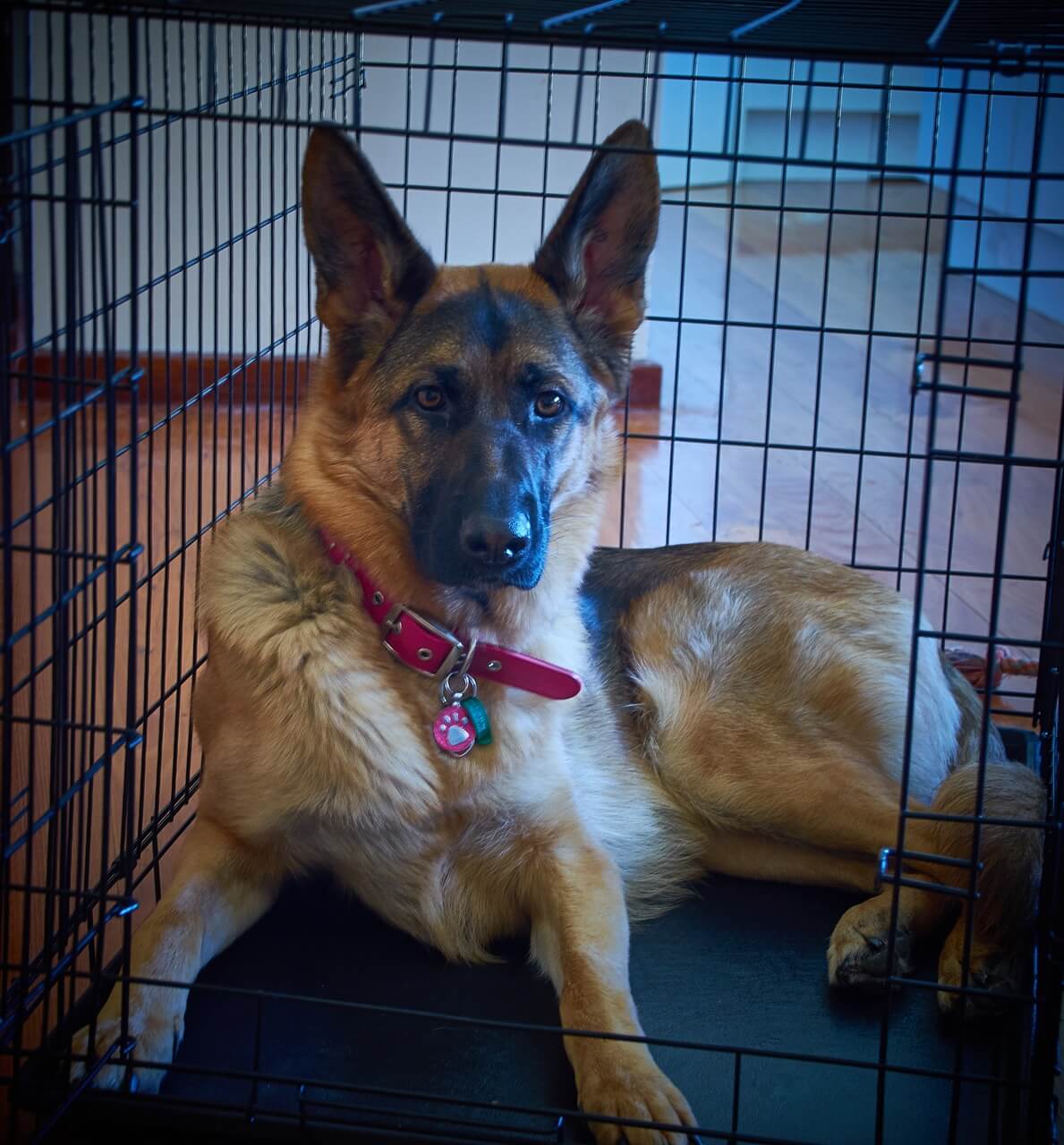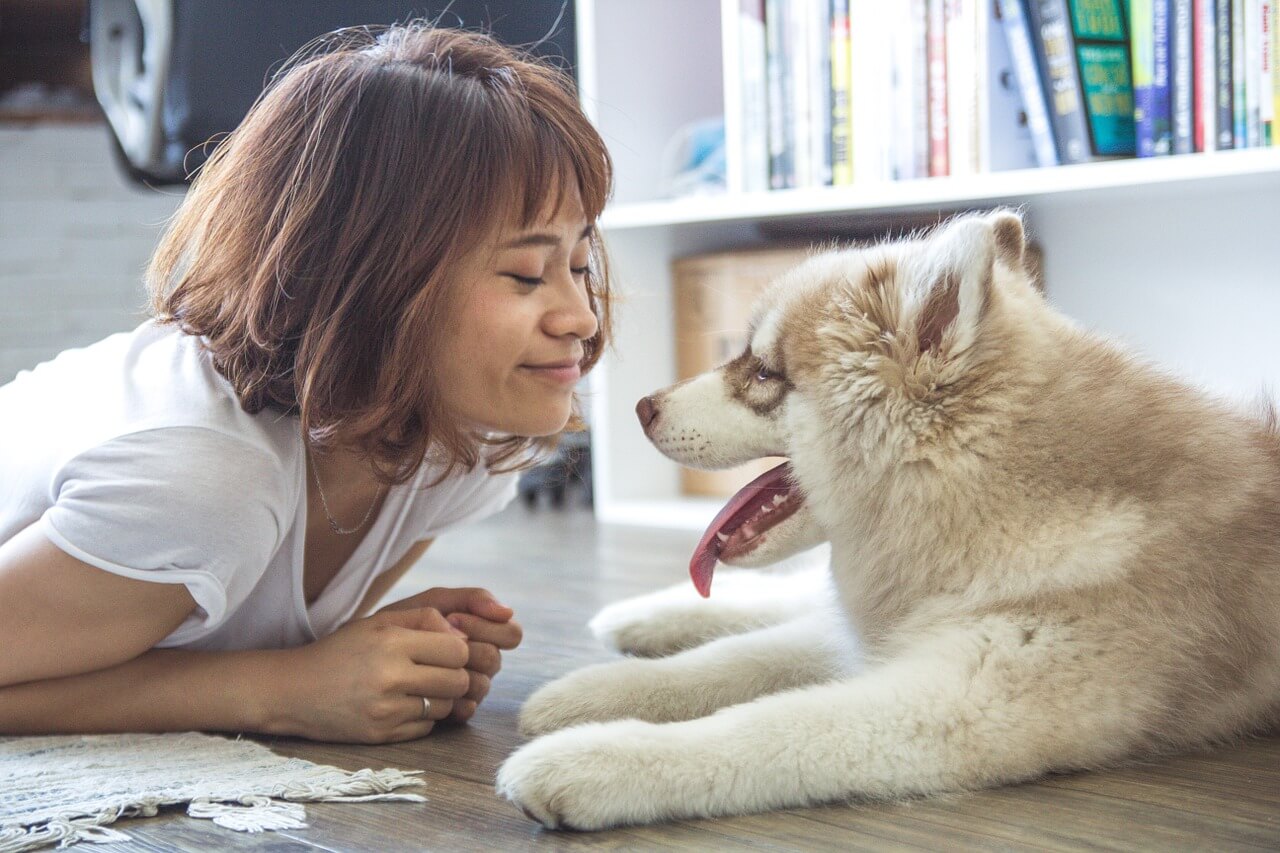By pure definition, this condition does not indicate an ideal relationship between a dog and his/her human companion. What’s more, anxiety can lead to destructive behaviors, such as inappropriate elimination, barking, howling, digging, chewing or attempts to escape.
Dogs are balanced by having a harmonic rhythm within their pack. Humans can help their canine companions achieve this balance by providing clear boundaries and communicating with them on their level.
As a good dog chaperone — I choose this term over “owner” as a reminder that the relationship between humans and dogs is one in which both living beings must be enriched — we have a responsibility to our companion animals to teach them that being alone is not something to fear; rather, it should be embraced as an opportunity to relax and regain strength.
Separation is a necessity that can build or break any relationship. Our dogs’ enormous ability to love unconditionally makes them great friends and confidants. I am comfortable admitting that I love the company of my dogs and consider them not only my responsibility, but my family. I believe that my dogs’ presence makes me a kinder, more compassionate person. However, I also understand there are times we must be apart.
It is preferable for dogs to learn how to cope with this type of separation early in the relationship. As the adage says, “Absence makes the heart grow fonder.”
When a new dog comes into our lives, we have a tendency to spend a great deal of time with him/her before life gets real and we have to go back to our normal routines. This inadvertently sets us up for expectations we cannot always meet. Instead, this is the best time to establish a realistic schedule the dog can adapt to gradually.
 I am an advocate of crate training for many reasons; primarily, it helps the dog establish a sense of balance. I believe a crate to a dog is a safe haven, just as a den is to a wolf. They need, just as we do, a place of sanctuary.
I am an advocate of crate training for many reasons; primarily, it helps the dog establish a sense of balance. I believe a crate to a dog is a safe haven, just as a den is to a wolf. They need, just as we do, a place of sanctuary.
Crate training should be done in small increments. First, get the dog used to going in and out of the crate using positive motivation and reinforcement, such as treats, toys or affection. Once the dog is entering the crate freely, you may begin closing the door and leaving him/her for short periods of time. Slowly increase the amount of time the dog stays in the crate, starting with 10 minutes, then 20, 30 and so on.
As an added benefit, crate training is also one of the quickest and most effective ways to house train a new dog.
You’ve all heard the saying “less is more.” Leaving a dog alone in a large home places too much responsibility on him/her and often leads to anxiety and territorial behaviors.
If you are unable or unwilling to try crate training, try separating your dog within a smaller open space. Strategically positioned gates are a basic need for any new dog and should be considered a safe way to give him/her more freedom as earned. Video monitoring systems like Dropcam also allow you to watch your dog and make sure he/she is safe while you are away from home without reacting to his/her complaints of separation.
Regardless of the method used at home, a beginners obedience class can help create an open communication path and give your dog more self-confidence, which will make being alone less scary and at times, even a reward. Making your departures and arrivals less animated and elaborate will also help to keep your dog calm. 
As a reminder, it is never safe to leave a dog in the car when the outside temperature is higher than 60 degrees, even when the windows are cracked or water is provided. It only takes a few minutes to cause serious injury and could even cost your best friend’s life.
Teach your dog that you are a good provider and must go to work in order to take care of him/her. This means you will be gone for sometimes what seems like an eternity to your dog, but through experience he/she will quickly learn that you always return.
If your dog has a severe reaction to your separation, I suggest reaching out to your veterinarian as well as a certified trainer.

